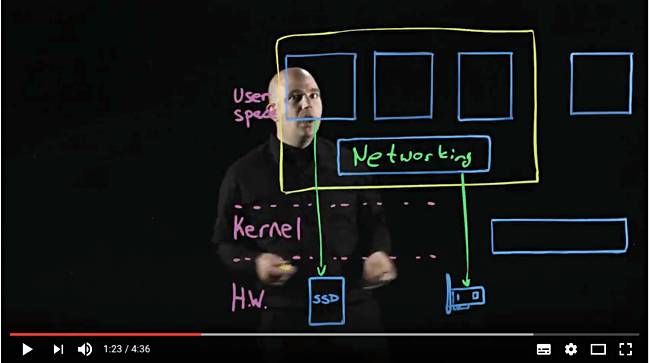Superfast scale-out parallel file system supplier WekaIO has updated its software to better integrate flash, S3 object storage, cloud and on-premises file accesses in a single, slicker framework with four neat additions.
The latest tweak-and-tune version of WekaFS, v3.13, adds thinly-provisioned auto-scaling in AWS, backup to remote object stores, updated VMware virtual network device support and resource quotas on the CSI plug-in.
A statement from Liran Zvibel, co-founder and CEO of WekaIO, announced: “The latest features are an extension of our capabilities to better help users unlock the full capabilities of their datacentres.” That’s it — there’s no increase in core functionality but the product works even better in the on-premises, cloud and virtual environments.
WekaFS supports AWS Autoscaling Groups to allow for on-the-fly scaling of the cluster for peak demand periods and auto-scaling down when not needed. In v3.13, a filesystem can be set as thin provisioned when scaling the number of EC2 instances to be increased or decreased. When scaling up, as the NVMe capacity grows, these filesystems will get more NVMe capacity auto-added and then shrink down as EC2 instances are removed. This simplifies things and works with AWS Budgets, enabling users to track and act on the cost of dynamic AWS usage.
Remote Backup is now generally available in 3.13, supporting the use of multiple S3 object stores. In v3.13, WekaFS’s namespace expansion can attach to a second object store for snap-to-object data protection and cloud bursting purposes. A daily snapshot could be directed to a local object store, while a monthly snapshot is uploaded to a second, remote object store. WekaFS can upload just the incremental changes between each remote snapshot, enabling reduced network traffic and lowering the reduced capacity needed in the target object store.
WekaFS v3.13 introduces support for VMXNET Generation 3 (VMXNET3) — the most recent virtual network device from VMware. This allows for high-speed WekaFS operation with vMotion (vSphere) in a typical virtual environment. Users need to load the Weka client onto the guest VM and ensure a VMXNET3 network is attached.
V3.13 introduces Kubernetes CSI plug-in resource quota management to set volume size and enforce limits via policies. These are integrated into the plugin to make for tighter controls and prevent unchecked storage consumption.
WekaFS 3.13 is currently available for new and existing customers.







